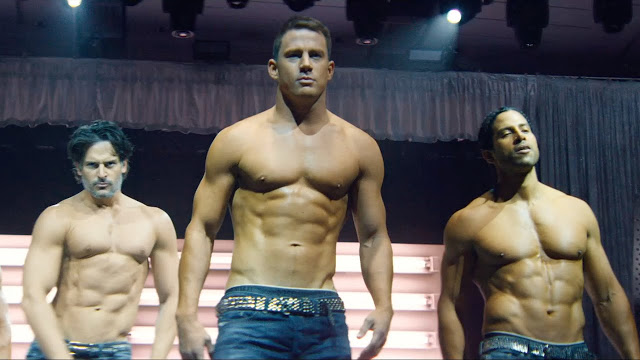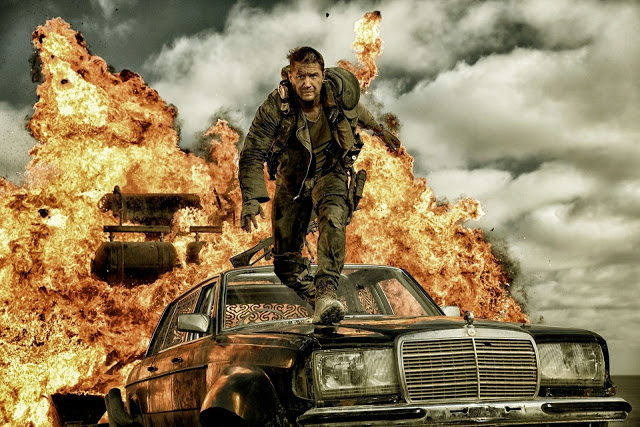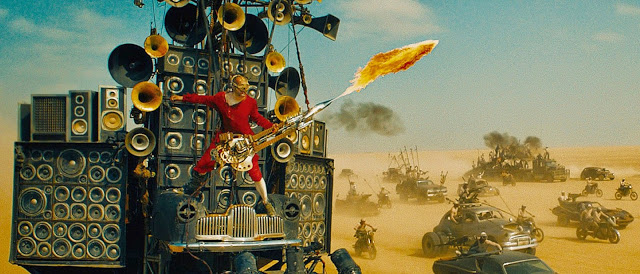Magic Mike XXL: Forget Your Day Job, It’s Time to Party
A few months ago, I saw a movie about an inveterate warrior who gets pulled back into a turbulent conflict, and who uses his ingenuity and physical prowess to triumph in battle. A few days ago, I saw another movie with a similar storyline, about a legendary figure who grudgingly returns to the battlegrounds of his past, relying on both his cunning and his skill to achieve immortality. And while the two films are undeniably different—Mad Max: Fury Road is about a life-or-death struggle set in a post-apocalyptic wasteland, whereas Magic Mike XXL is about a stripper performing in Myrtle Beach—their dissimilarities, from a filmmaking perspective, are almost incidental. The traits that made Mad Max: Fury Road such a sensation—the no-holds-barred attitude, the revelatory practical stunt work, the palpable swagger—apply with equal force to XXL. Both worship at the altar of cinematic excess, and both thrill their audiences with their verve and dexterity. It makes little difference that, while Max faces a hail of bullets, Mike is bombarded with “a tsunami of dollar bills”.
In conventional critical terms, Magic Mike XXL might appear to be a bit thin. It has no real plot to speak of, it is not especially interested in character development, and it is positively disdainful of plausibility. Certainly it lacks the lacerating bite of its predecessor, which benefitted from Steven Soderbergh’s artistry, expertly camouflaging a wolf’s tale of loneliness and manipulation in the sheep’s clothing of glamour and decadence. (For this sequel, Soderbergh has passed directing duties on to his longtime assistant, Gregory Jacobs, though he returns as both cinematographer and editor, working under his usual twin pseudonyms, Peter Andrews and Mary Ann Bernard.) But virtually none of this matters. XXL doesn’t have time for trifling concerns like plot and character, and watching the movie, neither will you. You will be too busy cheering its electric set pieces and succumbing to its infectious spirit of euphoria. Read More



